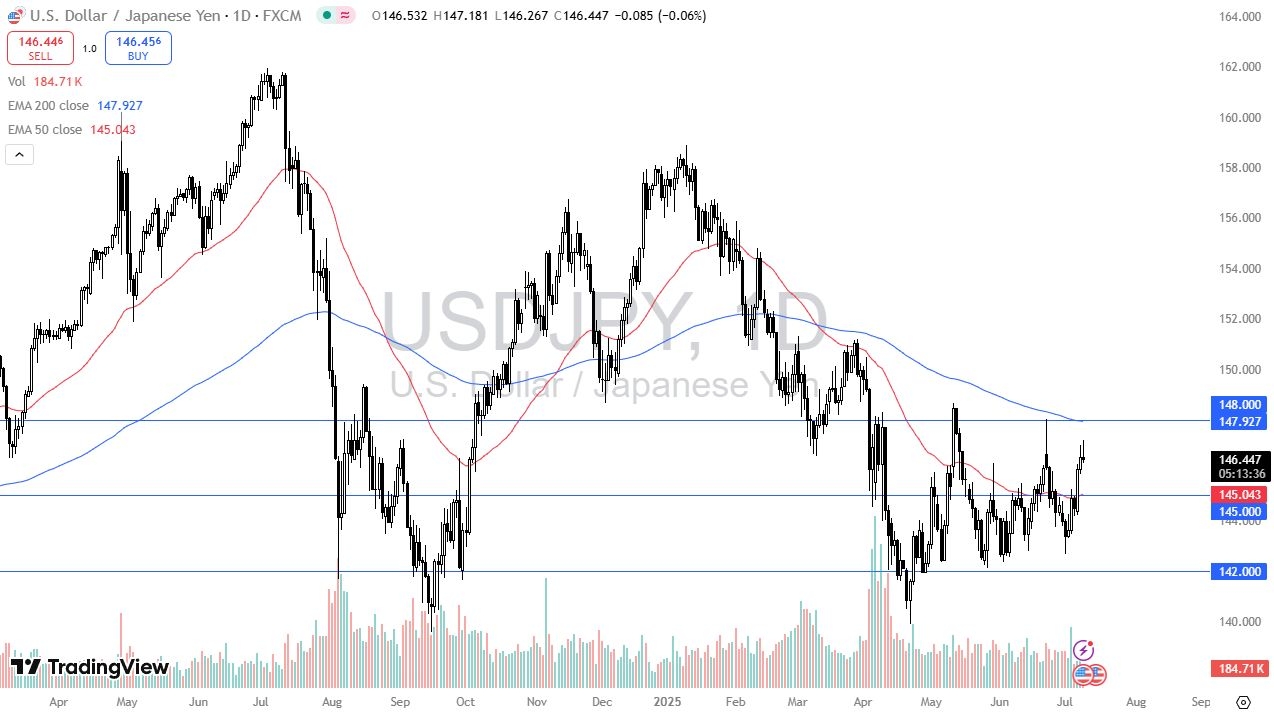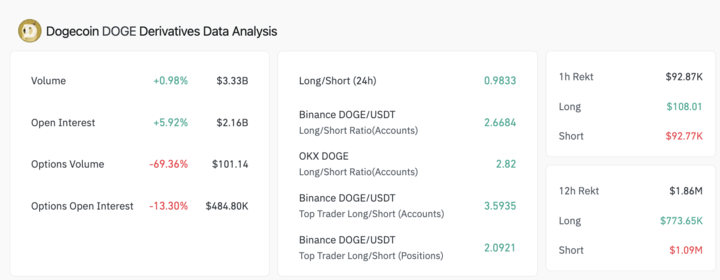JPMorgan Predicts 100% Convergence Between DeFi and TradFi in Next Few Years
In the rapidly evolving world of financial technologies, a notable shift is anticipated, signaling a potential convergence between decentralized finance (DeFi) and traditional finance (TradFi). A recent analysis by investment banking giant JPMorgan underscores the growing interactions and mutual benefits between these two sectors, forecasting a closer association as each continues to develop.
DeFi, known for its blockchain-based operations that eliminate the need for central financial intermediaries, has been making significant progress in offering services such as lending, borrowing, and trading directly on digital ledgers. In contrast, traditional finance has been the cornerstone of global economic systems, guided by long-standing institutions and practices. JPMorgan’s report suggests an increasing overlap in the functionalities and benefits of DeFi and TradFi, driven primarily by technological advancements and evolving regulatory landscapes. This convergence is seen as a potential boon for scalability, service diversity, and financial inclusivity.
Blockchain technology is identified as the key driver in this merging of financial realms. The immutable and transparent nature of blockchain provides a robust framework for security and trust, two critical aspects often questioned within traditional systems. Additionally, the advent of smart contracts in blockchain platforms enables automated, real-time decision-making, which could significantly enhance the efficiency of services provided by traditional institutions.
Regulation, often viewed as a hurdle for the proliferation of DeFi, is gradually evolving in a way that could encourage collaboration between decentralized platforms and traditional banks. This regulatory evolution aims to protect participants and ensure a stable environment for institutions to explore and integrate blockchain technologies securely.
Despite the promising outlook, the fusion of DeFi and TradFi faces numerous challenges. These include security vulnerabilities, scalability issues, and persistent regulatory uncertainties. Additionally, there remains a significant gap in terms of operational compatibility and customer risk profiles. However, these challenges also present considerable opportunities for innovation and development in both sectors. Financial institutions could leverage DeFi’s innovative protocols to enhance their own offerings, while DeFi can benefit enormously from the vast customer base and institutional trust that traditional banks hold.
In conclusion, the trajectory towards a more integrated financial ecosystem seems increasingly plausible. With both sectors poised to benefit from this convergence, the future could witness a seamless blend of the agility of DeFi with the reliability of TradFi. This would not only transform how services are delivered but could also redefine the very architecture of financial systems on a global scale.
JPMorgan, a leading global financial institution, has predicted an accelerated convergence between decentralized finance (DeFi) and traditional finance (TradFi). According to Nelli Zaltsman, head of blockchain payments innovation at JPMorgan’s Kinexys, the divide between these two financial ecosystems could disappear within the next few years. This prediction was made during a discussion with Chainlink Labs co-founder Sergey Nazarov at the RWA Summit Cannes 2025.
Zaltsman emphasized that JPMorgan is actively working to integrate institutional-grade payments infrastructure with emerging onchain assets. This initiative aims to create a seamless transition for mainstream blockchain adoption. The banking giant has already begun piloting synchronized settlement technology with Chainlink, allowing JPMorgan’s blockchain-based deposits to facilitate transactions across different blockchains. This milestone is seen as an early indicator of how major financial institutions can bridge traditional capital with digital asset markets.
The convergence of DeFi and TradFi is driven by improved infrastructure and a growing willingness within the industry to collaborate. Zaltsman noted that a decade ago, JPMorgan had to develop its own private blockchain due to the lack of suitable solutions. However, the landscape has significantly changed, with the availability of underpriced and supportive tools that facilitate this integration. Zaltsman expressed hope that this convergence will happen sooner rather than later, eliminating artificial boundaries and focusing on the technological benefits for different users.
JPMorgan recently expanded its blockchain efforts by launching its new deposit token, JPMD, on Coinbase’s Base network. Unlike stablecoins, these deposit tokens remain within the bank’s deposit system while providing clients with direct access to blockchain-based markets. This innovation effectively bridges onchain liquidity with institutional cash management, marking an exciting milestone for the financial institution.
Nazarov highlighted the broader impact of JPMorgan’s involvement in the blockchain space. He noted that JPMorgan’s actions can drive other banking institutions to take notice and adopt similar technologies. The use of cryptographic proofs and smart contracts can now provide smaller counterparties with the same reliability as top-tier banks, unlocking new opportunities in capital markets. This dynamic could enhance competition and foster product innovation across financial services.
In summary, JPMorgan’s prediction of an accelerated convergence between DeFi and TradFi is supported by its ongoing efforts to integrate blockchain technology into its operations. The banking giant’s initiatives, such as the piloting of synchronized settlement technology and the launch of the JPMD deposit token, demonstrate its commitment to bridging the gap between traditional and decentralized finance. This convergence is expected to bring about significant changes in the financial landscape, driven by improved infrastructure and increased industry collaboration.
Source link
Written by : Editorial team of BIPNs
Main team of content of bipns.com. Any type of content should be approved by us.
Share this article:









